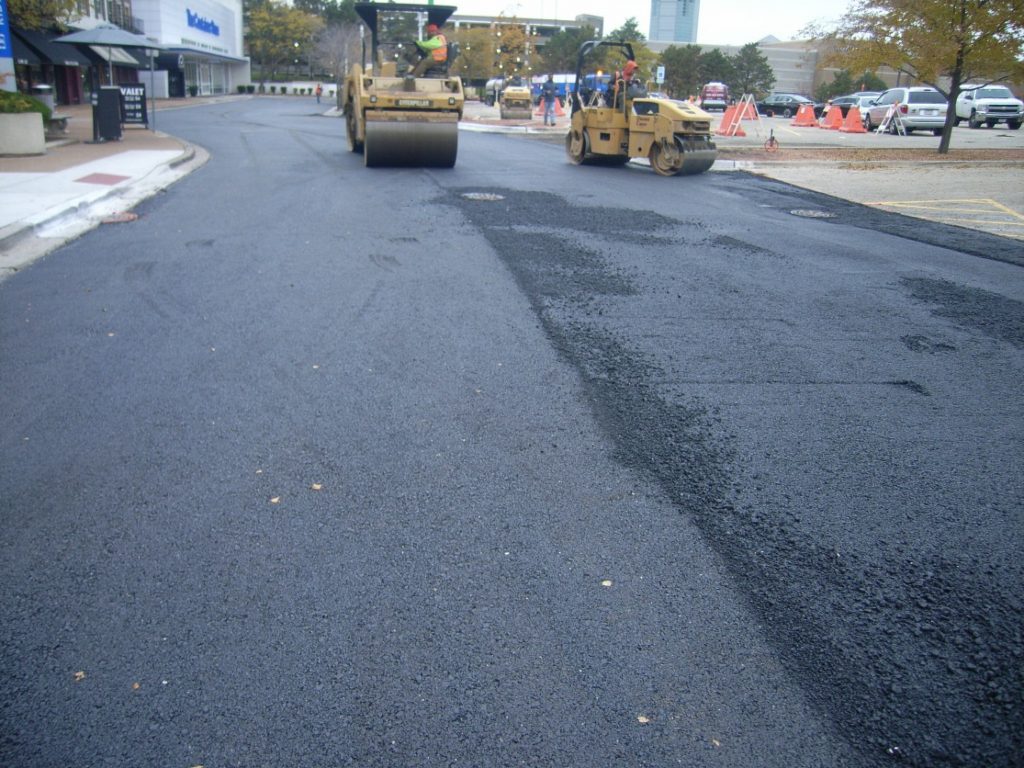Hot mix asphalt concrete (abbreviated as HMA or HMAC) is a thermoplastic mixture of asphalt cement, rock and sand. In some states the mixture is called bituminous concrete. The earliest asphalt roads were called Macadam, after a Scottish engineer, John McAdam. He created a road building method in the early 1800s by grading rock by size, then placing and compacting the rock. Stone dust then filled the spaces between the larger rocks and, to keep dust down, he poured oil over the rock. This had a binding effect which also kept water out of the pavement layer and improved longevity. Historically, tar was first used in Monaco where coal tar from the city’s gasworks was used to bind the rock together. On the West Coast, the La Brea Tar Pits provided naturally occurring asphalt for road construction.
Modern asphalt production replaced coal tar with asphalt cement. Asphalt cement is a product of petroleum refining. To produce HMA, rock is heated, and asphalt cement is mixed in. Dump trucks then transport HMA to a job site and the mixture is poured into the front hopper of a self-propelled paver. The paver spreads the hot mix at a uniform width and thickness, and then the HMAC is compacted by heavy rollers. The rollers compress the mixture to remove large air voids and make a smooth surface.
The top photograph shows a truck dumping HMA mixture into the paver. The bottom photograph shows two paving passes. The left side was paved first. The right side was second. Laborers with rakes had smoothed the seam between the two passes and the compaction roller will compact the seam.
Working on the highway, laying down the blacktop
Working on the highway, all day long I don’t stop
Working on the highway, blasting through the bedrock
Working on the highway, working on the highway
Lyrics: Working on the Highway, Bruce Springsteen, Born in the USA, 1984. Photographs from Zimmer Consultants

